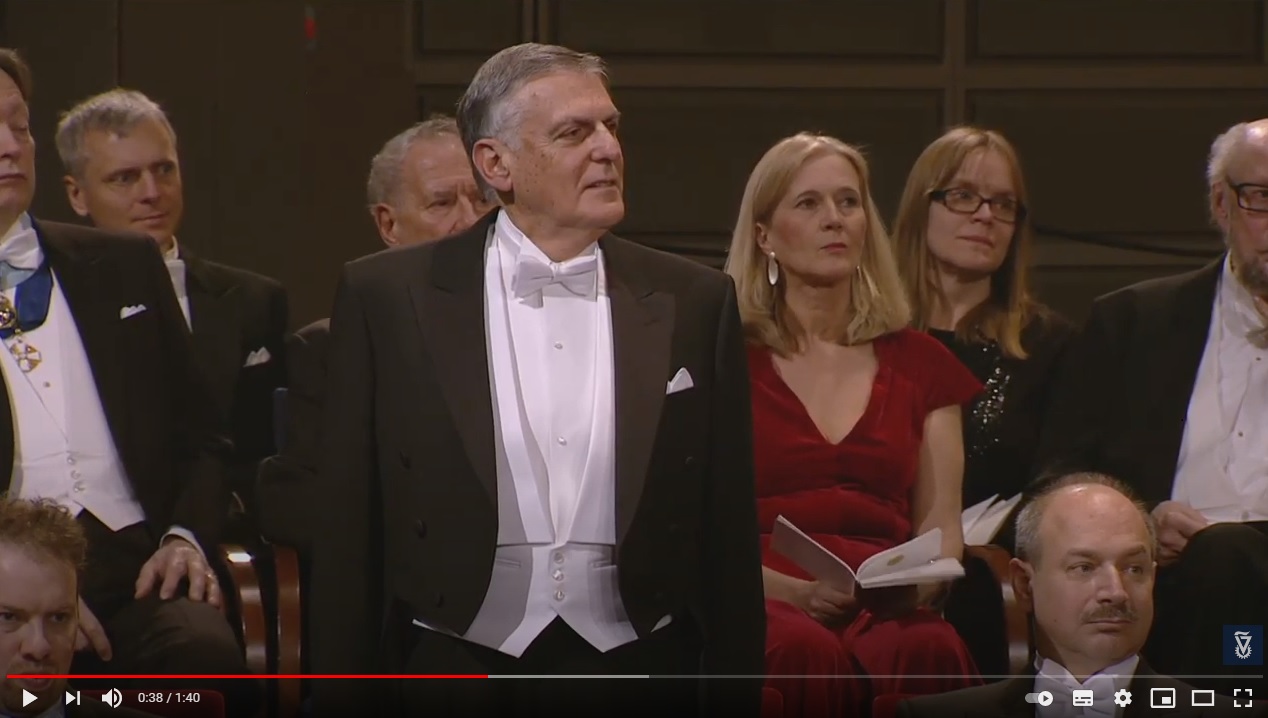

Dan Shechtman’s discovery of quasicrystals brought about a paradigm
change in chemistry, physics, materials science, and other areas of science
and engineering. Although superficially it could be looked at as a serendipitous
event, Shechtman’s curiosity and drive played equal parts with serendipity in
this discovery.
Shechtman was a lonely discoverer, again, seemingly detached from the main
stream of generalized crystallography for which his contribution was a
milestone.
an alloy based on quasicrystals of the al-cu-fe system

Al (aluminum)

Сu (cuprum)

Fe (ferrum)
Quasicrystalline powder

Friction coefficient on steel
0,2

Density
4 g / cm3

Thermal conductivity
2 W / (m • K)

Dispersion of the base powder
1-63 microns (can be changed at the request of the customer)

Hardness
800-1000 HV

Resistivity (at T br)
4,5 mOhm ∙ cm
nobel prize
Shechtman was awarded the Nobel Prize in Chemistry in 2011 for his work on quasicrystals. “His discovery of quasicrystals revealed a new principle for packing of atoms and molecules,” stated the Nobel Committee and pointed that “this led to a paradigm shift within chemistry.”
In 2014, Post of Israel issued a stamp dedicated to quasicrystals
and the 2011 Nobel Prize.
Quasicrystal
1945
History
1961
History
1972
History
1982
History
1984
History
1985
History
1992
History
2001
History
2011
History
2018
History
Recent Blog
Author: U Koster Institute: Department of Chemical Engineering, University of Dortmund, D-44221 Dortmund, Germany Quasicrystals are a special class of materials with unusual properties, such as an aperiodic crystal structure and high thermal stability. One of the most studied types of quasicrystals are Al-Cu-Fe quasicrystals. They attract the attention of researchers with their unique structure […]
Author: V Brien a, P Brunet a, C Dongc, J.-M Dubois a Institute: Laboratoire de Science et Génie des Matériaux Métalliques (CNRS UMR 7584) and GDR CINQ, Center d’Ingénierie des Matériaux, Ecole des Mines, Parc de Saurupt, 54042 Nancy Cedex, France Icosahedral quasicrystals of aluminum, copper and iron are unique structures with unusual properties. The […]
Author: Patricia A Thiel Institute: Departments of Chemistry and Materials Science and Engineering and The Ames Laboratory, Iowa State University, Ames, IA 50011-3111, USA Quasicrystals are a unique class of materials that have an unusual structure that cannot be described classically as a crystal lattice. They differ from ordinary crystals in that their atoms are […]
Author:Li, RT, Dong, ZL, Murugan, Vinod K., Zhang, ZL, Khor, KA Institute: School of Mechanical and Aerospace Engineering, Nanyang Technological University, 50 Nanyang Avenue, Singapore 639798, Singapore In recent decades, quasicrystals have attracted increasing attention from researchers due to their unique properties and potential applications in various fields of science and technology. Of particular interest […]
Author:F. Turquier, V. D. Cojocaru, M. Stir, R. Nicula, E. Burkel Institute: University of Rostock, Faculty of Physics, st. August Bebel 55, D-18055, Rostock, Germany Quasicrystals are unique materials that have immaterial symmetry and diffraction properties that cannot be described by the standard theory of crystallography. The study and synthesis of quasicrystals are of great […]
Author:D. Rouxel, P. Pigeat Institute: Laboratoire de Physique des Milieux Ionise’s et Applications, UMR CNRS 7040, Faculte’ des Sciences, UHP Nancy I, BP 239, Vandoeuvre-le`s-Nancy Cedex 54046, France Surface oxidation and production of thin films of AlCuFe quasicrystals is an important area of research in materials science. Quasicrystals are unique structures with unusual properties that […]
Author:U Koster Institute: Department of Chemical Engineering, University of Dortmund, D-44221 Dortmund, Germany Corrosion is one of the main problems that engineers and materials scientists face in their work. It can lead to significant destruction of materials and structures, which has serious consequences both in industry and in everyday life. However, in recent decades, scientific […]
Author:D Yuan, TM Shao, E Fleury, D Se, DR Chen Institute: State Key Laboratory of Tribology, Building 9003, Tsinghua University, Beijing 100084, PR China; Center for Non-Crystalline Materials, Yonsei University, Seoul, South Korea The microstructure and tribological properties of plasma-sprayed aluminum-copper-iron quasicrystalline coatings (Al-Cu-Fe) after laser post-processing are currently current research areas in the field […]
Author: S. D. Kaloshkin, V. V. Cherdyntsev, V. D. Danilov Institute: State Technological University “Moscow Institute of Steel and Alloys”, Leninsky Ave. 4, Moscow, 119049, Russia; Institute of Mechanical Engineering of the Russian Academy of Sciences, 101990, Moscow, Maly Kharitonovsky lane, 4, Russia Nowadays, materials with crystalline structures play an important role in many industries, […]
Author: Toyokazu Tanabe, Satoshi Kameoka, An Pang Tsai Institute: Institute of Materials Science (IMR), Tohoku University, 2-1-1 Katahira, Aoba-ku, Sendai, 980-8577, Japan; Institute for Interdisciplinary Research in Advanced Materials (IMRAM), Tohoku University, 2-1-1 Katahira, Aoba-ku, Sendai, 980-8577, Japan; National Institute of Materials Science (NIMS), Tsukuba, 305-0047, Japan Intensive research in recent decades has expanded our […]

